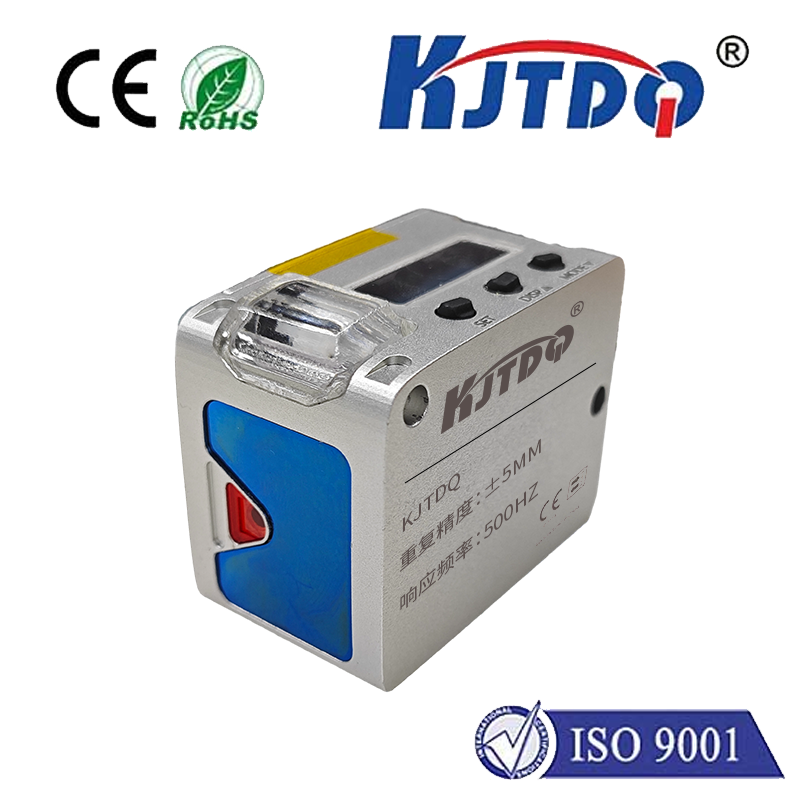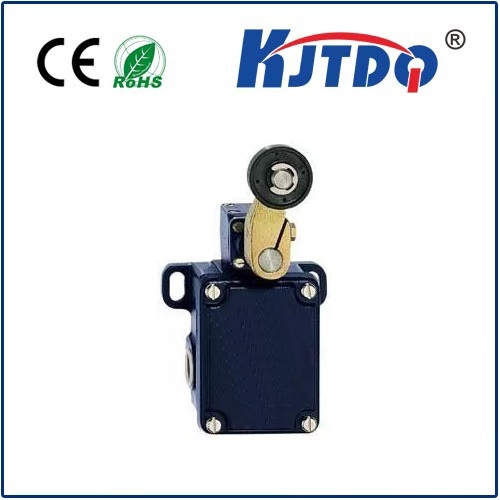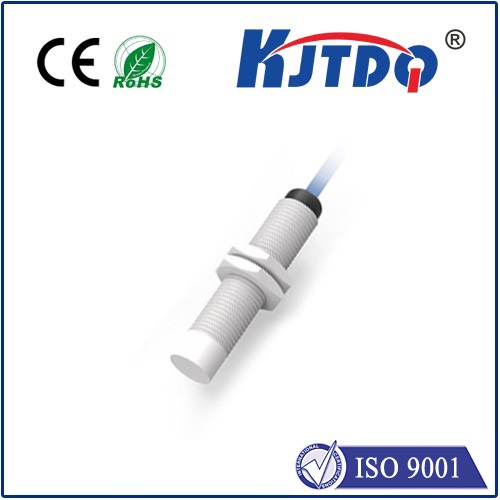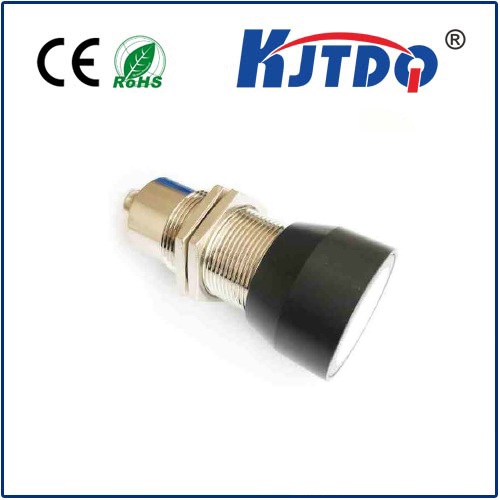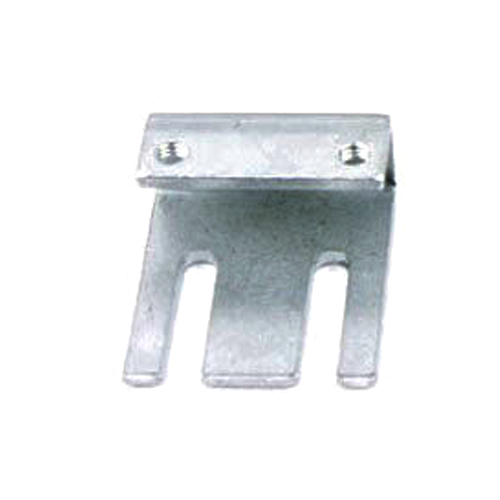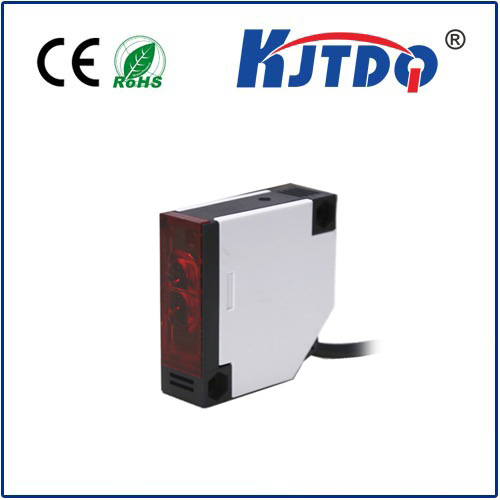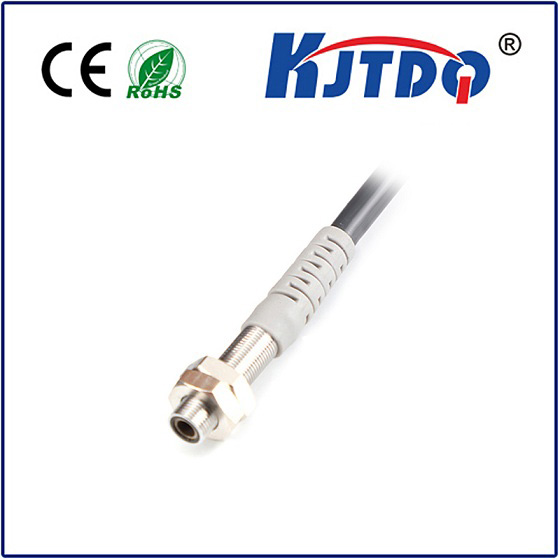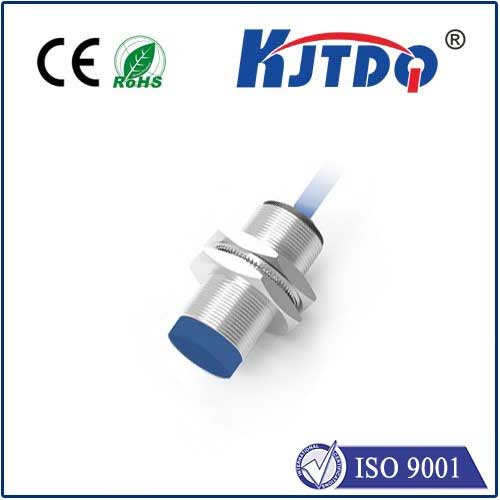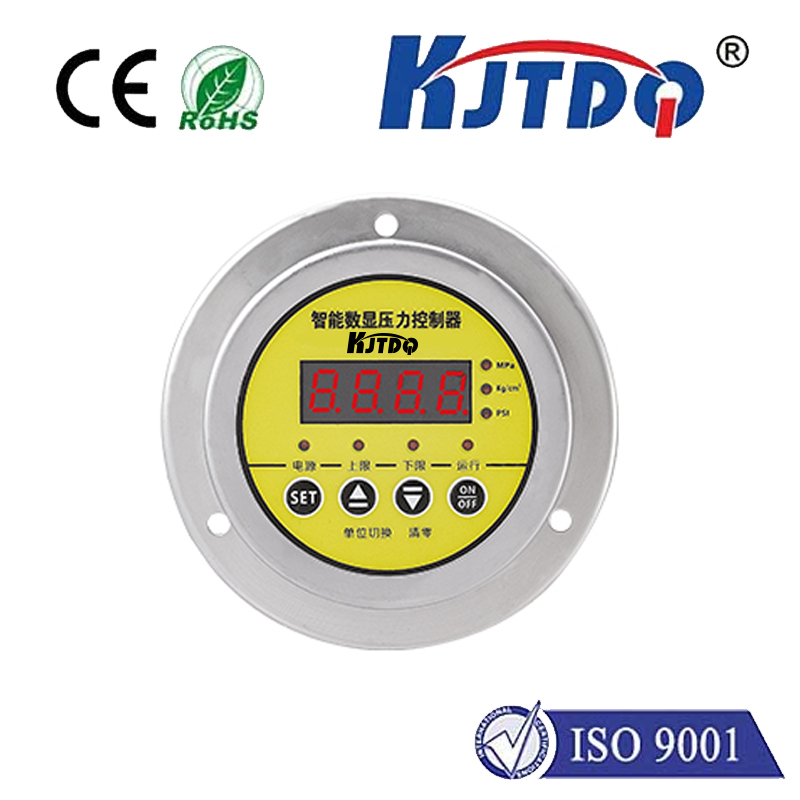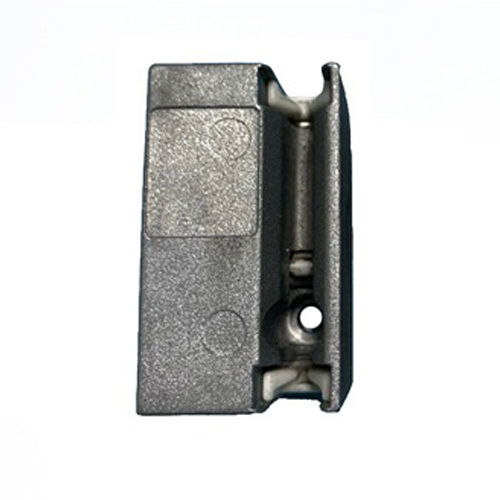

check

check

check

check
In the intricate dance of modern automation and machinery, countless unseen components work tirelessly to ensure precision, safety, and efficiency. Among these silent performers, sensors reign supreme as the sensory organs of machines. And within the vast sensor family, diffuse type sensors stand out as versatile, cost-effective workhorses for countless object detection tasks. But what exactly are they, and why are they so pervasive? Let’s illuminate the fascinating world of diffuse photoelectric sensors.
At its core, a diffuse sensor is a specific type of photoelectric sensor. Unlike their retroreflective cousins that need a reflector opposite the emitter or through-beam sensors requiring a separate receiver, a diffuse sensor houses both the light emitter (typically an LED) and the receiver within a single housing. The fundamental principle is elegantly simple: the sensor emits a beam of light (visible red, infrared, or laser) towards a target. When an object enters the detection zone, this light beam reflects diffusely off the object’s surface. The sensor’s integrated receiver then detects this reflected light. If the intensity of the reflected light exceeds a predetermined threshold, the sensor triggers its output switch, signaling the presence of the object. The object itself becomes the reflector.
This self-contained nature is the primary advantage of diffuse sensors. They eliminate the need for precise alignment with a separate reflector or receiver unit, drastically simplifying installation and reducing component cost. Imagine setting up hundreds of detection points on a complex production line; the time and cost savings using diffuse reflective sensors compared to other types can be substantial.
Key Characteristics & Capabilities:

Where the Diffuse Sensor Shines (Literally and Figuratively):
The practical applications for diffuse photoelectric sensors are incredibly diverse across numerous industries:
Navigating Limitations: Awareness is Key
While highly versatile, the inherent operating principle introduces specific limitations that designers must consider:
The Future is Bright (and Diffuse):
The evolution of diffuse sensor technology continues. Trends include increased miniaturization, enabling integration into tighter spaces. Improved optics and electronics extend detection ranges and enhance performance on difficult targets. Enhanced connectivity options, like IO-Link, are becoming more common, allowing for easier configuration, diagnostics, and integration into the Industrial Internet of Things (IIoT) ecosystem, enabling predictive maintenance and process optimization. Laser-based diffuse sensors are also becoming more accessible, offering superior beam focus for precise detection of tiny components or detecting clear objects.
From the simplest presence check to complex automation sequences, the diffuse type sensor remains an indispensable tool. Its blend of simplicity, reliability, cost-effectiveness, and self-contained design ensures its continued prominence in countless applications where efficient, non-contact object detection is paramount. Understanding how they work, their strengths, and their limitations is key to unlocking their full potential as the invisible guardians of modern industry.
